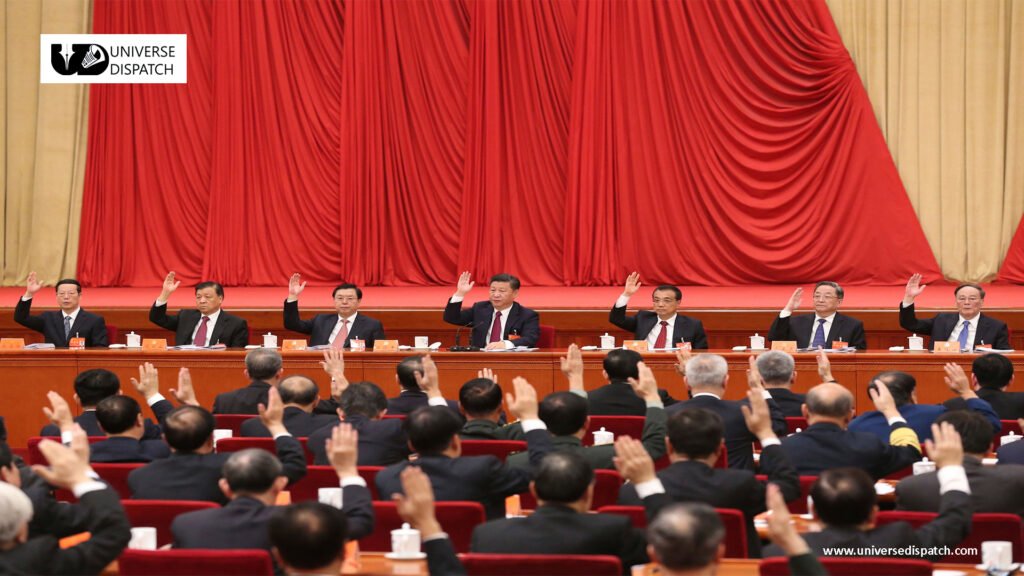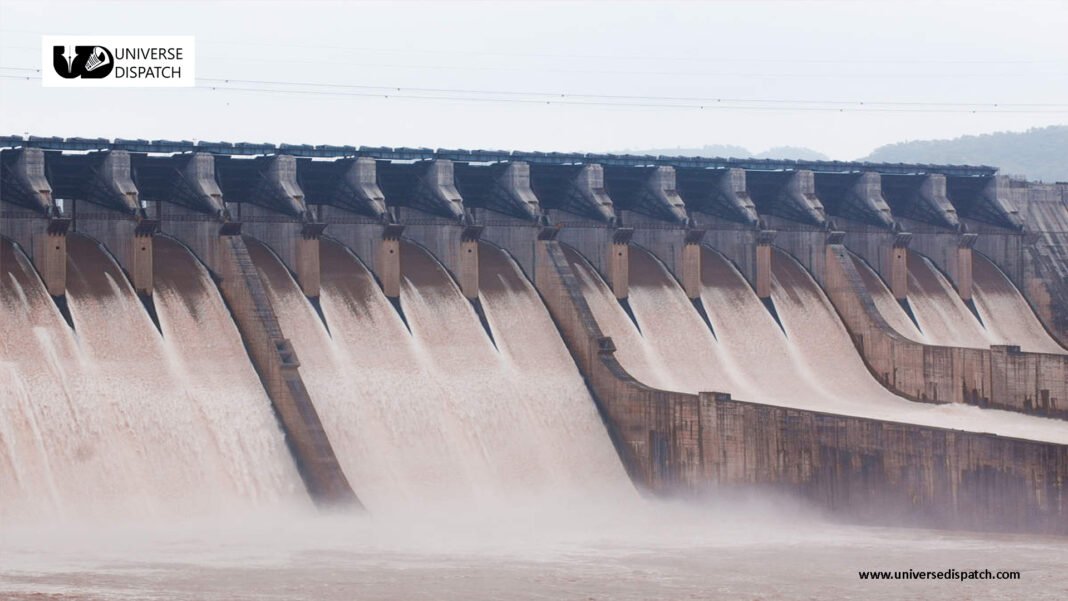India is concerned about China’s plan to build a massive dam in Tibet
China is constructing a mega-dam in Tibet that will generate three times the electricity produced by the Three Gorges Dam. The world’s largest power plant, raising concerns among environmentalists and neighboring India. The bridge will cross the Brahmaputra River until it leaves the Himalayas and flows into India. Spanning the world’s longest and deepest canyon at an elevation of more than 1,500 meters (4,900 feet).
The plant in Tibet Medog County is set to dwarf the world-record-breaking Three Gorges Dam on the Yangtze River in central China. Producing 300 billion kilowatt-hours of electricity each year. It is listed in China’s strategic 14th Five-Year Plan, which has unveiled in March at the country’s annual rubber-stamp congress of top lawmakers. However, the plan lacked details, a timetable, in a budget. The river, known in Tibetan as the Yarlung Tsangpo, is also home to two other projects with six more in the works or under construction.
Yan Zhiyong, the CEO of Power China, partly introduced the idea to the Communist Youth League, China’s ruling party’s youth arm, a month later. Yan Zhiyong, who is enthusiastic about “the world’s richest area in terms of hydroelectric resources,” clarified that. The dam would derive its power from the massive drop of the river at this specific section.
Chinese Communist Party practically controls the source of most of South Asia’s water supply:

Beijing may justify the vast project as an environmentally sustainable alternative to fossil fuels. But it risks inciting heavy resistance from environmentalists, as the Three Gorges Dam did between 1994 and 2012. The Three Gorges Dam formed a reservoir that displaced 1.4 million people upstream.
According to experts, the Chinese Communist Party practically controls the source of South Asia’s water supply. We have a very rich Tibetan cultural heritage in those regions and any dam building will destroy the environment and submerged parts of that region. Many local residents would have forced to abandon their ancestral homes. He added that the project would allow Han Chinese workers to migrate to the region. Which would eventually become a permanent settlement. India is also concerned about the launch. According to experts, the Chinese Communist Party practically controls the source of most of South Asia’s water supply.




